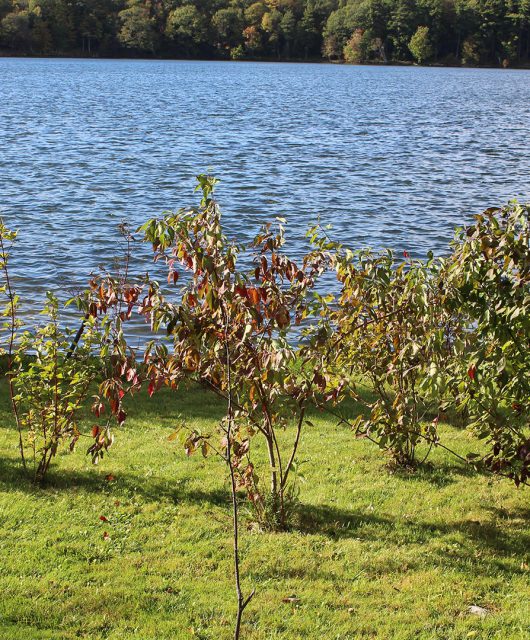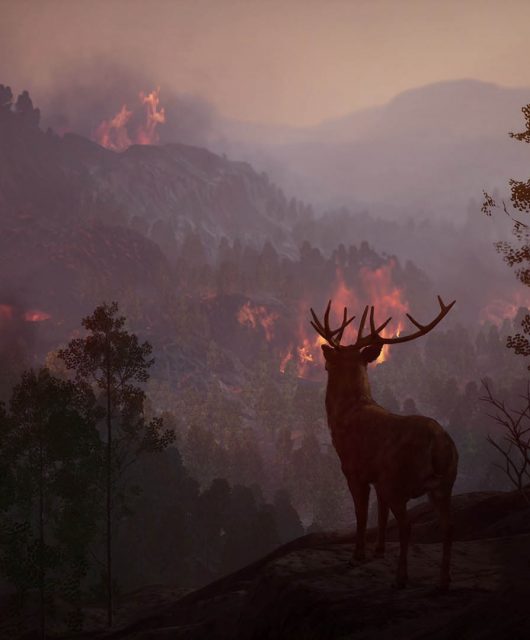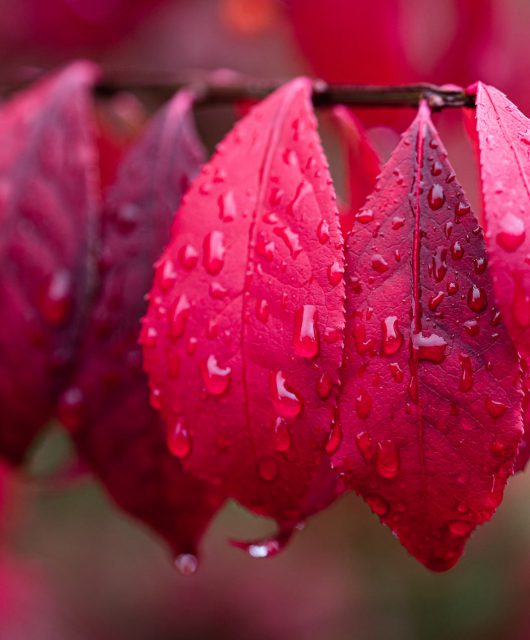It’s hard not to love Canada’s wild birds.
They can inspire us with their grace and resilience and delight us with their songs, beautiful colours or comical antics. Many of us put out a bird feeder in winter to help them but while this is nice for us and can be beneficial for them, birds ultimately must have natural habitat to survive, let alone thrive. Let’s look at what our birds need and how you and your students, participants or family can help.
The Basics + a Few Important Considerations
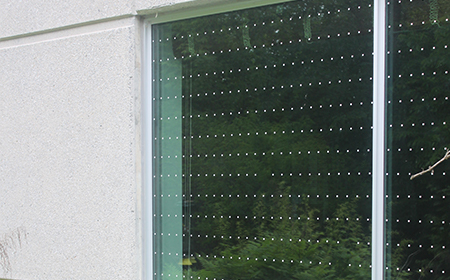
Wildlife, like us, need food, water and shelter which are points that you can read about further down. In addition to including these habitat elements in your outdoor space, how you tend that space is also important. Using earth-friendly gardening principles, especially avoiding pesticides, will help keep your greenspace healthy and further encourage biodiversity. You can also help keep your home safe for birds by preventing window collisions. One of the best ways is to mark your windows on the outside closely enough for the bird to think they can’t navigate through them.
Native Plants
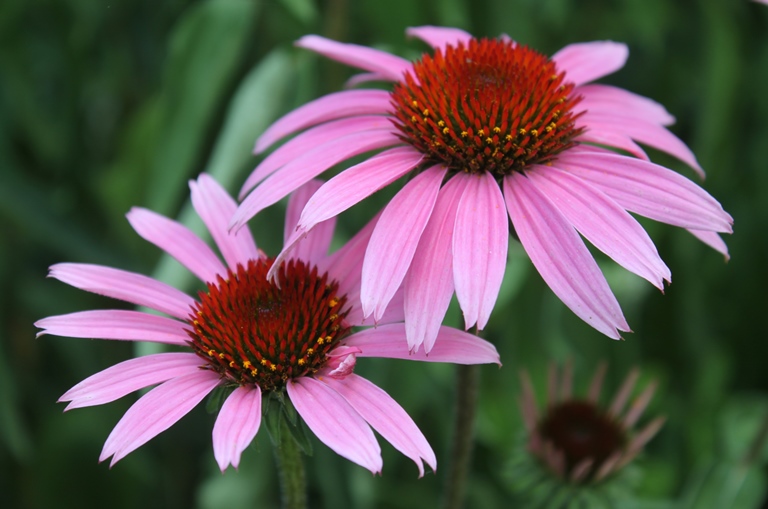
Native plants are an element to keep in mind as you explore providing food and shelter, as our wildlife coevolved with our native plants for multiple centuries. While some non-native plants (that are not invasive!) can sometimes be of benefit, for the most part native plants and animals need each other.
This is illustrated with birds and berries in a recent study done, as spoken about in Douglas Tallamy’s book Nature’s Best Hope. A highly respected research and author, Douglas refers to research that demonstrated how non-native plant species studied had a different ratio of fat to sugar which were not the needed proportions for our migrating and overwintering birds. As a result, birds went to native plants when given the option.
Native plants are also better able to support our insects, which is a critical point for our birds that need so many of them as food and don’t want to be travelling far to get them, leaving their young vulnerable in the nest and expending far more energy than necessary. So, before you go to the nursery to buy a tree, shrub or perennial check to see which species are native to your area. Our Native Plant Encyclopedia can help with this.
Invasive Plants and Neonicotinoids
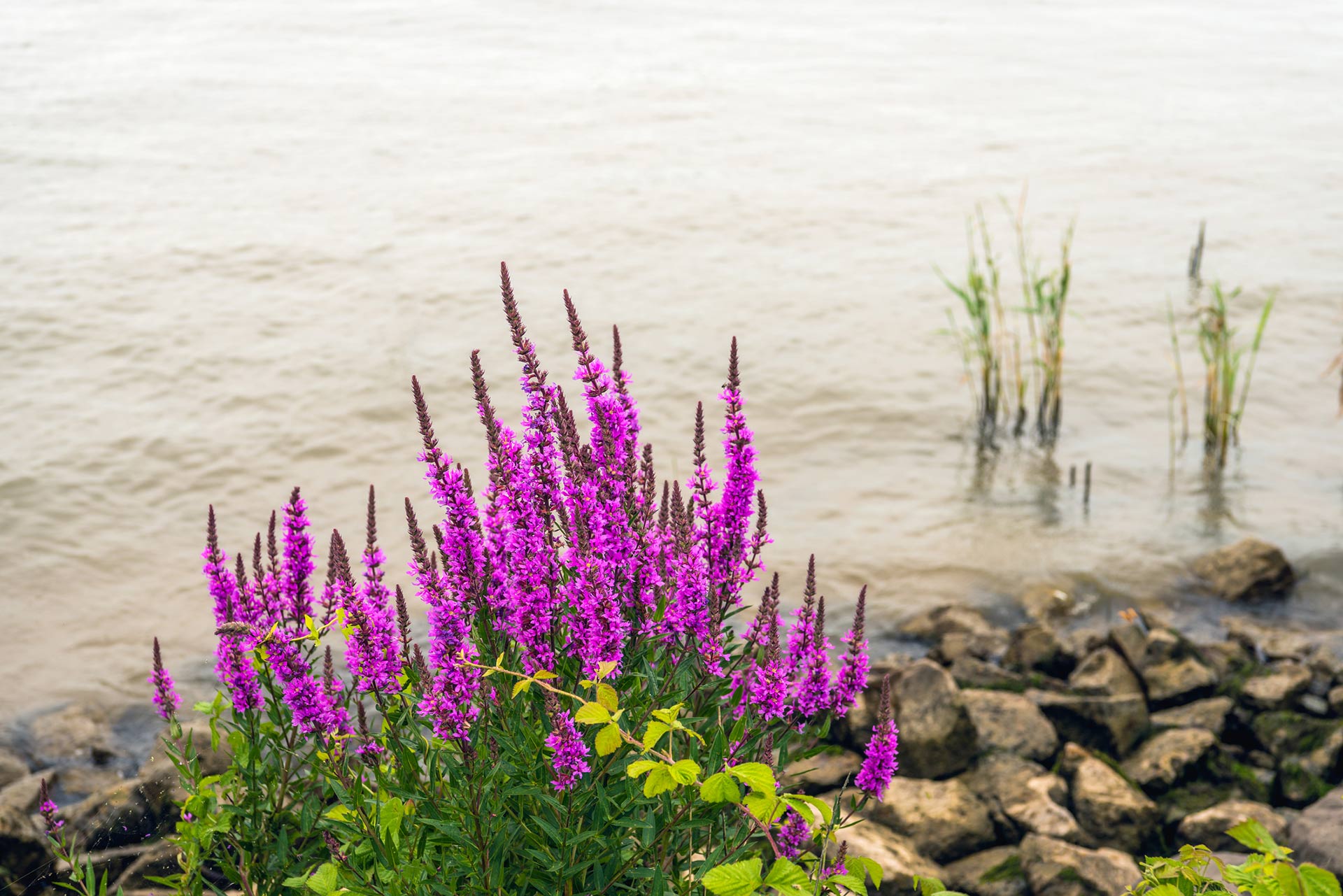
Other important points are to avoid invasive plants (check your regional council for what’s problematic in your area) and those that have been treated with neonicotinoids. This group of pesticides are especially harmful to wildlife and can remain with the plant even if only treated as a seed, with the potential to cause serious harm to both pollinators that visit the flowers and birds that either eat the insects on the plant or the seeds and fruit the plant produces. You can find out where to buy CWF’s line of pollinator and bird-friendly plant packs each spring here.
Diversity
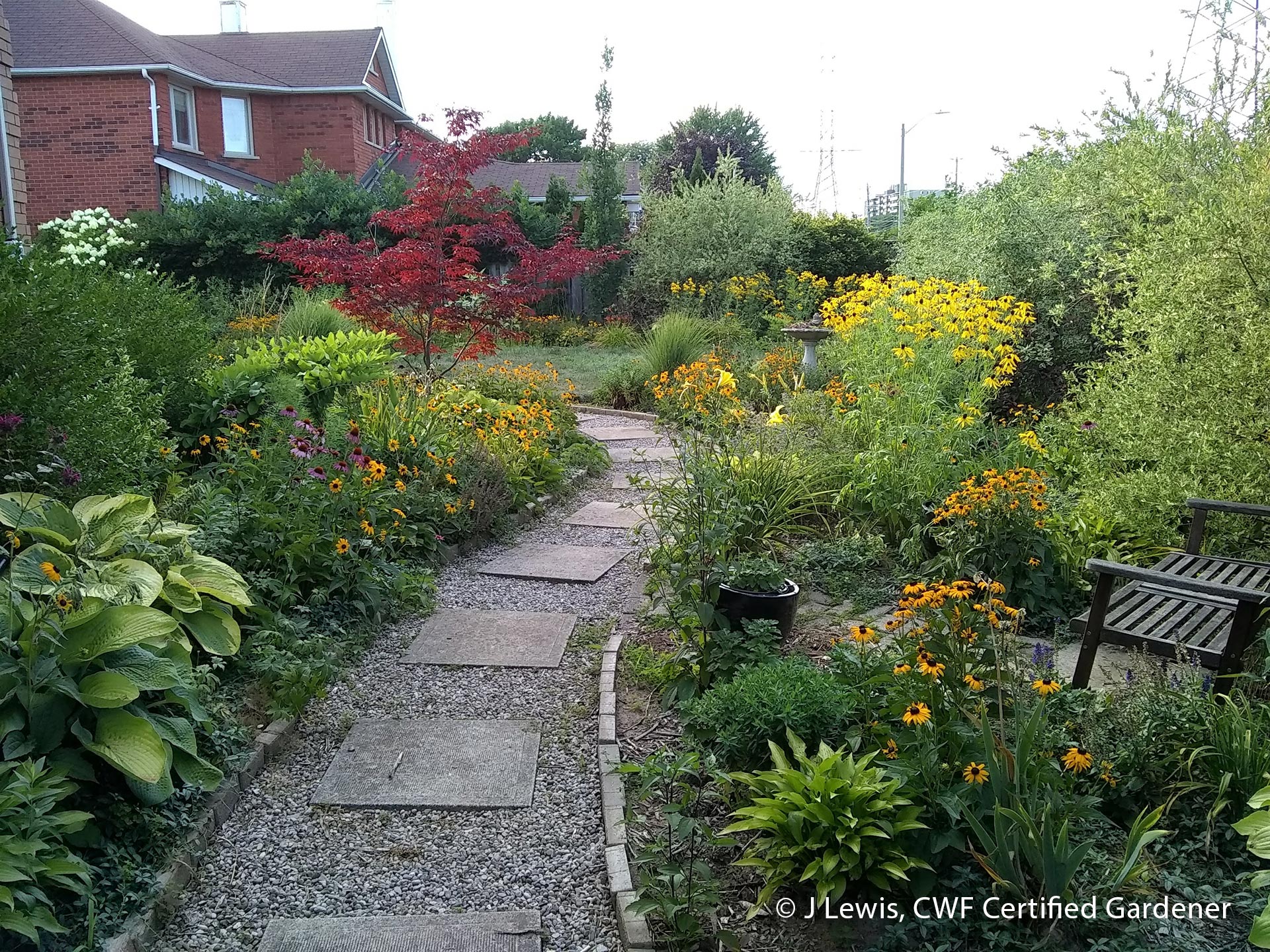
A final point here is diversity. Our planet and the ecosystems we depend upon consist of a myriad of life. By including a variety of plant types such as evergreen and deciduous trees, shrubs, perennials and grasses, you not only provide varying food sources but you also allow for different layers to be created in your space.
With these considerations in mind, it’s time to look at ways you can provide food, water and shelter.
Food
Fruit
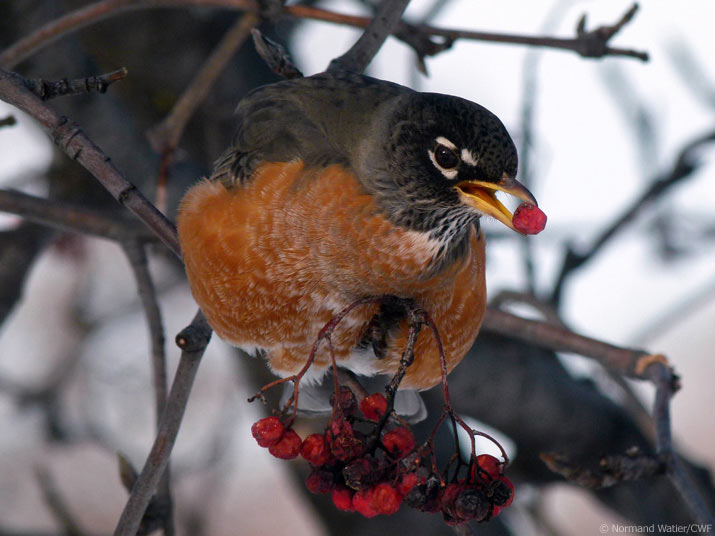
Some birds like robins, catbirds, waxwings, orioles, woodpeckers and chickadees eat fruit. Some of our native plants that produce fruit are elderberries, serviceberries, Viburnums, dogwoods and cherries.
Seeds and Nuts
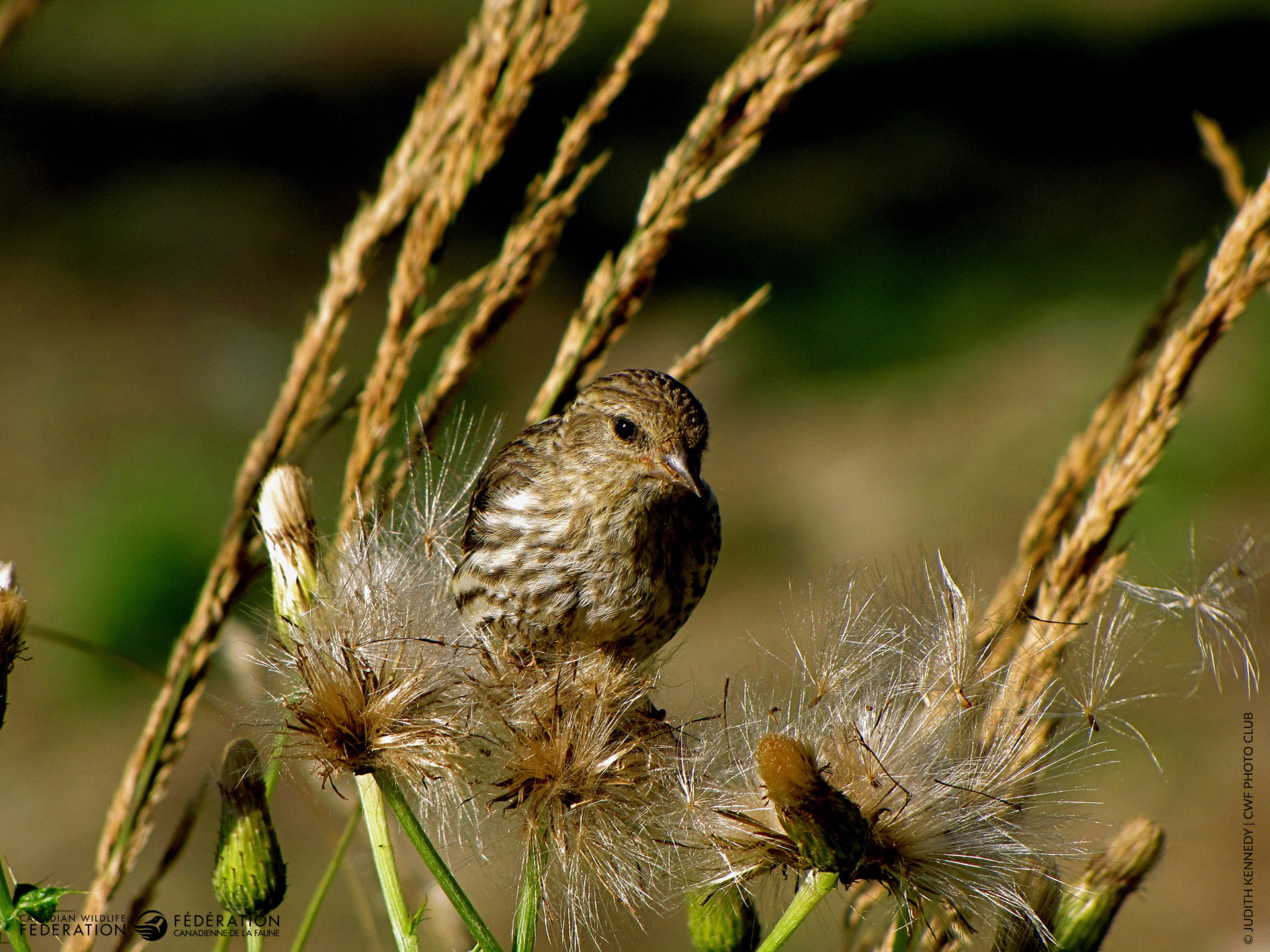
Birds such as siskins, finches, chickadees, sparrows, jays, crossbills, nuthatches, flickers, thrashers and woodpeckers eat seeds and nuts from trees like cedars, pines, spruces and oaks and perennials like Rudbeckia (Brown-eyed Susans), Echinacea (coneflowers), goldenrods, asters and many we consider weedy.
Insects and Spiders
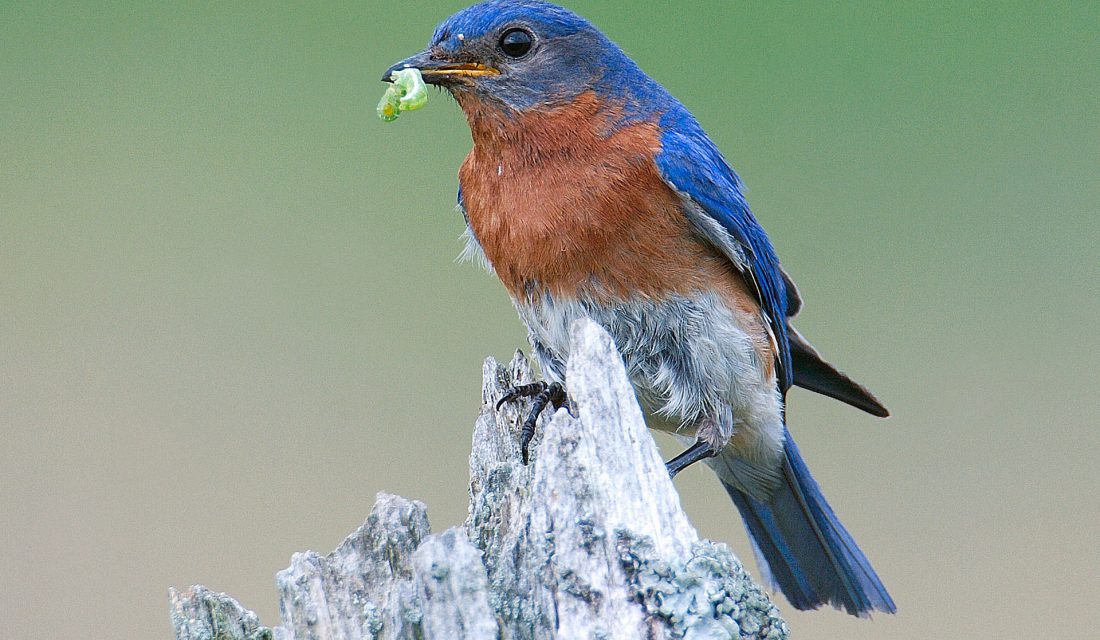
Many of these birds and more, such as warblers, eat insects and need large amounts to feed their young. Even hummingbirds need insects – and spiders – as a large portion of their diet to provide protein. For this you can help with both a diversity of plants and keeping your outdoor space organic. This will keep the insects alive and unpolluted.
Douglas Tallamy is yet again another great resource in illustrating how important insects are to our birds. The Carolina Chickadee, very similar to our own Black-capped Chickadee, was noted to gather up to 9,000 insects to feed just one clutch of eggs while in the nest. That didn’t include how many more insects were needed to continue to feed the young birds in the time soon after leaving the nest. Birds generally prefer caterpillars as they offer a lot of nutrition in one go and are soft for the young bird to ingest.
Flower Nectar, Tree Sap and Buds
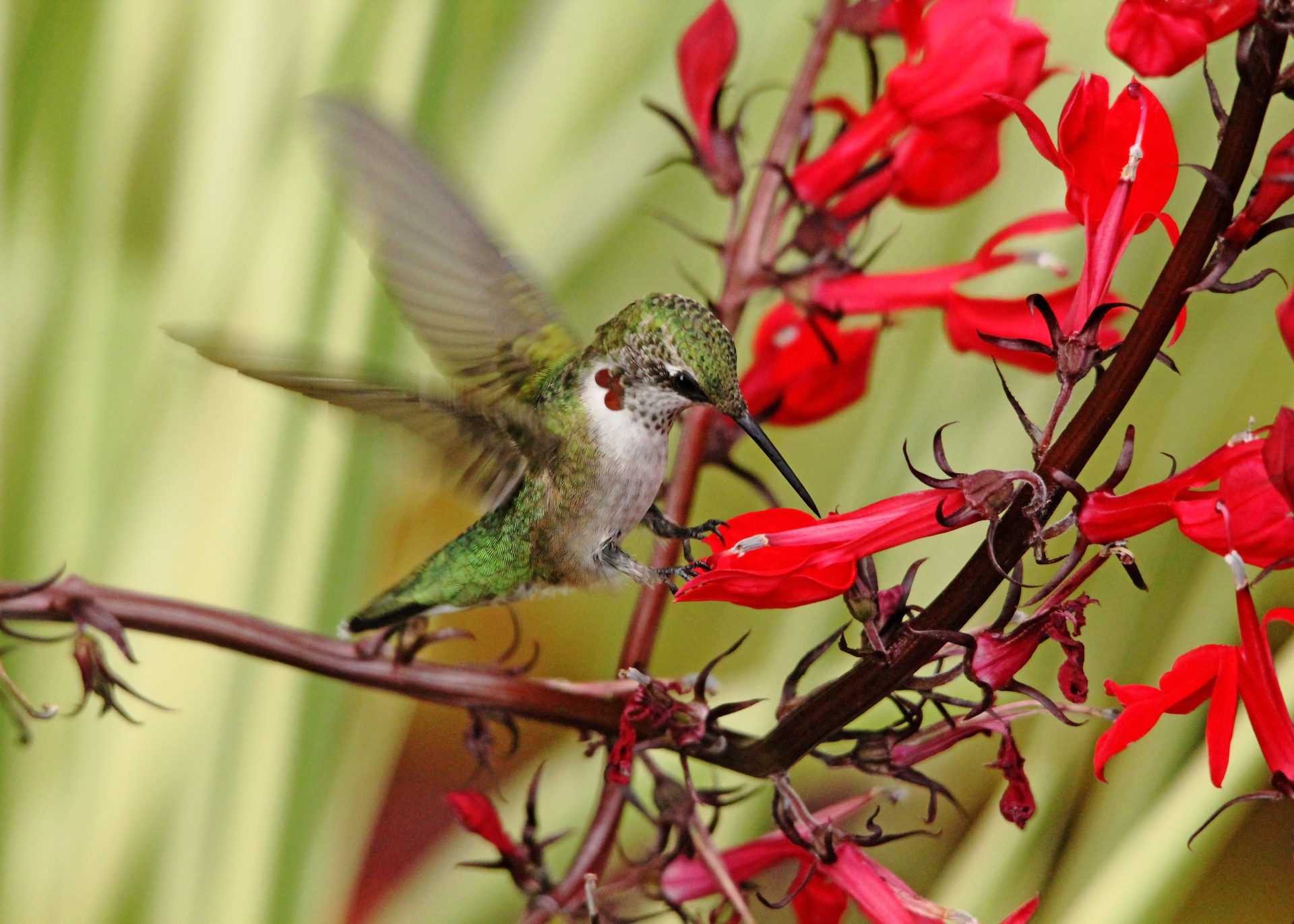
Some other sources of food include nectar for hummingbirds. Orioles are also known to feed from flowers. Sapsuckers make holes in trees to drink its sap, which hummingbirds (and some butterflies!) are known to lap up afterwards. A few species will eat buds, such as grouse, but for the most part, the tree or shrub will be able to handle it and still produce leaves and flowers the following spring.
Shelter
Plants also serve an important role in providing shelter as cover from elements, protection from predators, nesting and resting spots and perches to spy their next meal (dead branches).
Trees and Shrubs
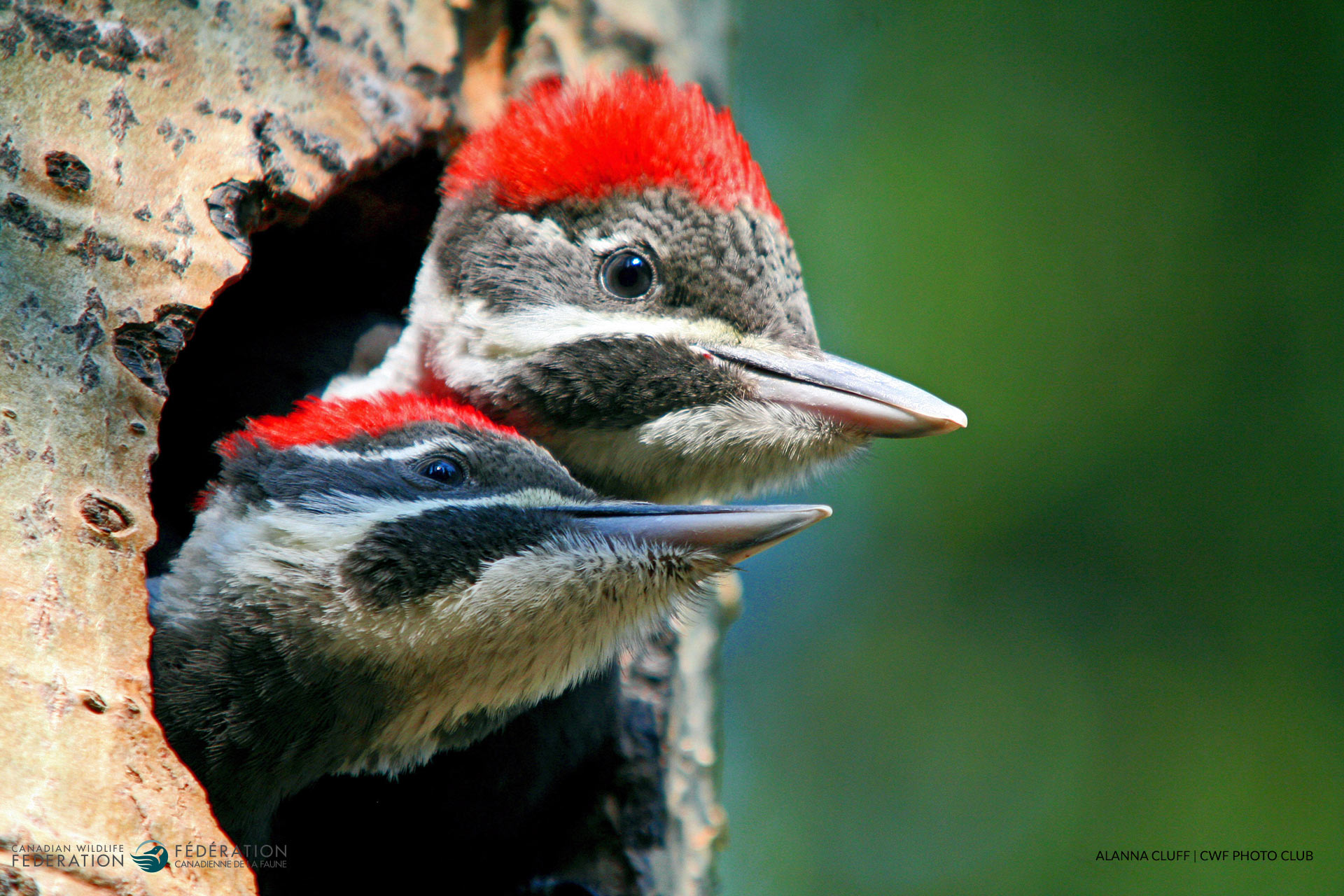
Trees and shrubs play a big role for most garden birds that tend to live in these higher layers. Again, diversity is important as some birds have preferences for certain trees, as with orioles that make their nests high up in deciduous trees.
Trees are also important as snags – dead or dying trees. In fact, it is estimated that 85 species of North American birds nest in cavities that they made themselves or that another bird made previously. So if you have a tree that is away from a path and you don’t fear it falling on people or buildings, then consider leaving it for our woodpeckers, chickadees, nuthatches and some species of owls and ducks, even! They can also help our squirrels – flying and otherwise. Keep in mind that the larger the bird, as with our huge Pileated Woodpecker, the larger the tree needs to be.
Of course, these snags are important for nesting, but they are also needed as roosting spots to sleep or escape predators and inclement weather. One fellow in Germany reported how neighbouring areas were being decimated by insects one year. His theory was that the snags were removed so the insect-eating birds that needed them were unable to live there. He erected multiple nesting/roosting boxes to support these birds and found that his woods managed just fine!
Dense Vegetation
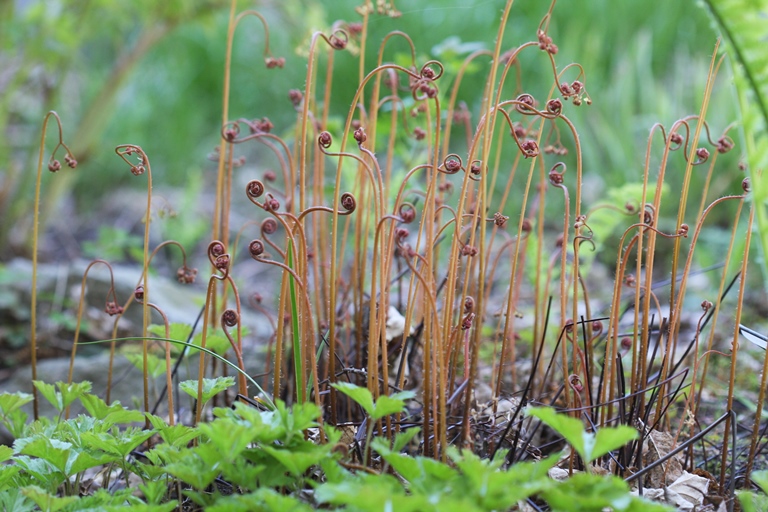
Ground dwelling birds like some sparrows and juncos that feed and/or nest on the ground benefit from dense plantings of perennials, grasses and ferns. This can also benefit other creatures like our toads, frogs, snakes and salamanders.
Nest-making Materials
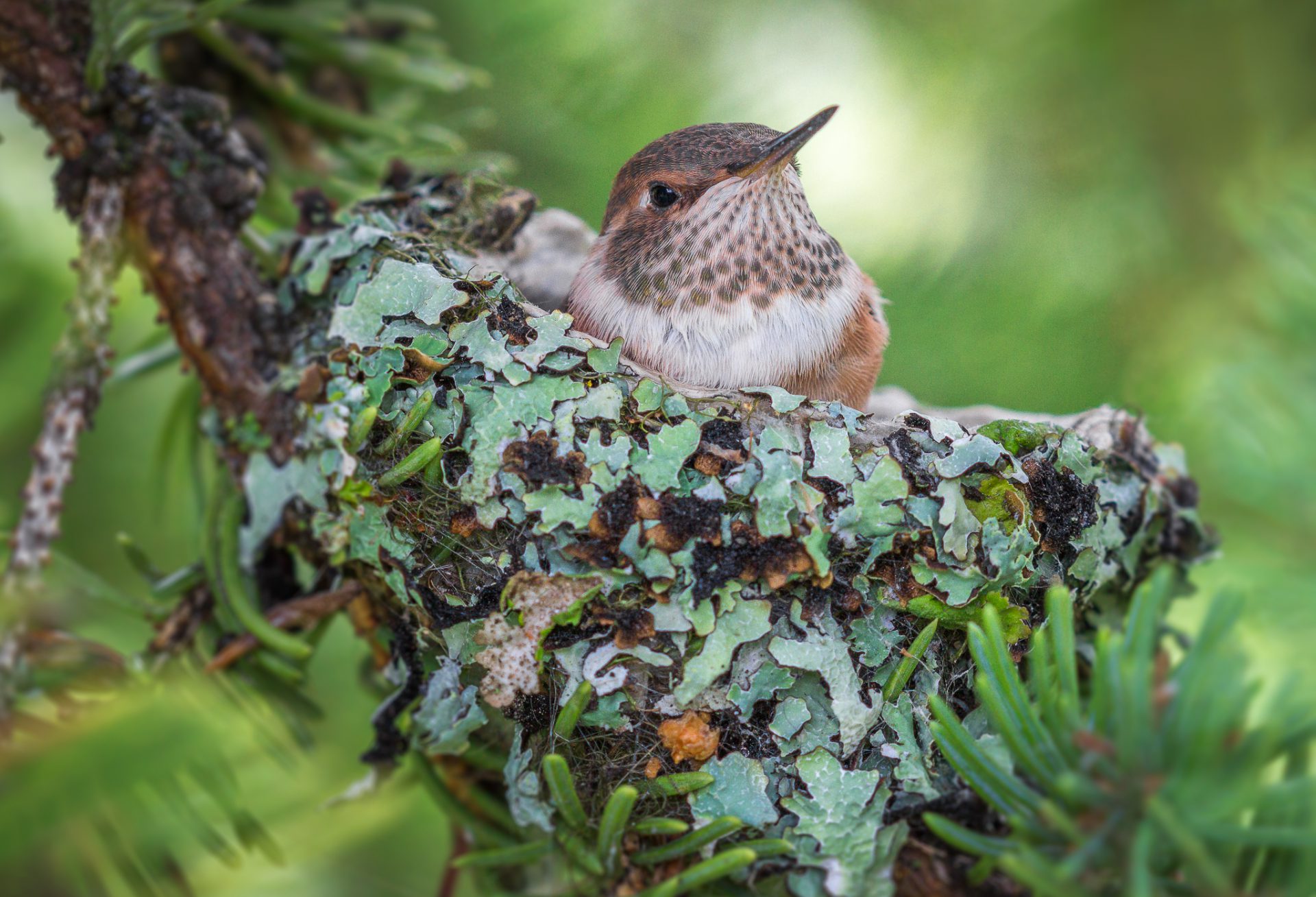
In addition to providing locations for shelter, you may also wish to consider leaving nest-making materials, too. They can include roots, down from seeds like thistles and milkweed, strips of bark, twigs, leaves/needles, lichen, dried grasses (delay fall and spring cleanup or leave an area be), moss. Spider webs are also used by some birds like hummingbirds – another reason to go organic and find the good in our many tiny allies.
Water
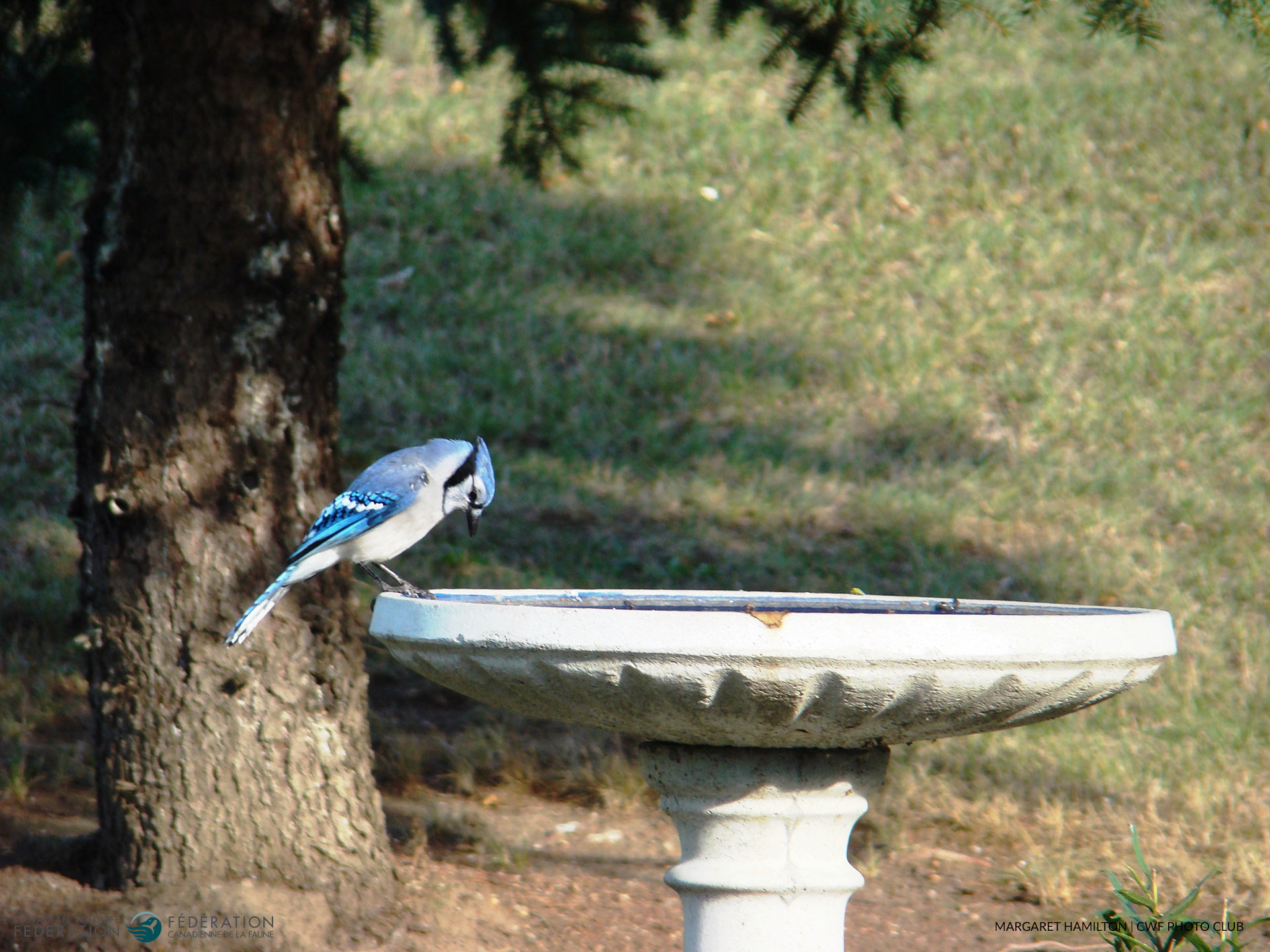
The beauty of providing water for birds is that it is so versatile. You can install a pond and recirculating stream, buy a fancy bird bath or simply use a dish from the kitchen. The main things to consider are to keep it shallow for ease of bathing as well as drinking and keep it clean. In fact, the hotter it gets the more often you’ll want to change the water to avoid bacteria growing. If you have a material that is easy to clean, such as a glass dish, then you can simply change the water often (daily is best). This will also prevent mosquitoes from developing in it. In addition to changing the water often, avoid any build up by using a scrub brush as often as you see the need. Use safe cleaners such as environmentally-friendly dish soap or diluted vinegar for periodic cleaning but make sure to rinse the dish thoroughly.
Another thing to consider is where to put your water dish. Ideally it will not have any plants so close around it that a cat can lie below, hidden by the plants. But you’ll want it near enough trees and shrubs for the bird to perch in while it scans the area for safety before having a drink or bath.

